An in-depth exploration into the various styles of putters, their characteristics, and how they influence your golfing experience.
Introduction
The putter is arguably the most personal and varied club in a golfer's bag. With a vast array of styles, lengths, and head shapes, choosing the right putter can be a daunting task. This article delves into the generic styles of putters, highlighting their distinct features and how they can affect your game.
Blade Putters
Blade putters stand as the quintessential symbol of traditional golfing. Recognized by their slim, flat, and simple design, they hark back to the earliest days of golf. The design of a blade putter is particularly suited for players with a straight putting stroke, often referred to as a "straight back and straight through" technique. The minimalism in their construction offers a high level of precision and feedback, which can be crucial for golfers who rely on feel and control during their putt.
The blade putter's design typically features a smaller sweet spot, demanding a higher degree of accuracy from the golfer. This characteristic makes it a favorite among experienced players who value the tactile feedback it provides, allowing for better assessment of putt strength and direction. For those who play on faster greens or seek a putter that encourages a refined stroke, the blade putter is an unmatched choice.
Mallet Putters
In contrast to the blade putter, the mallet putter boasts a larger head size, which inherently offers greater stability and forgiveness on off-center hits. This design evolution caters to a broader spectrum of golfers, from beginners to those with a less consistent stroke. The larger head of the mallet putter, often adorned with advanced alignment aids, facilitates easier alignment and boosts confidence on the green.
The benefits of using a mallet putter are particularly evident on slower greens, where the additional weight helps maintain momentum through the ball. The design also minimizes twisting on impact, making it more forgiving than its blade counterpart. For players with an arc in their putting stroke or those who struggle with putting accuracy, the mallet putter offers a tangible improvement in consistency and performance.
Peripheral Weighted Putters
The evolution of blade putters into peripheral weighted putters represents a significant advancement in putter technology. By distributing weight around the perimeter of the putter head, designers have been able to increase the moment of inertia (MOI), effectively expanding the sweet spot and enhancing the putter's forgiveness. This design innovation allows for more balanced putts, even when the ball is not struck perfectly center.
Peripheral weighted putters maintain the classic look and feel of a blade putter but with the added benefit of modern weight distribution techniques. This hybrid approach appeals to traditionalists seeking a putter with a conventional appearance but desiring the forgiveness typically associated with mallet putters. The result is a putter that offers the best of both worlds: precision and stability.
Center-Shafted Putters
The position of the shaft in relation to the putter head plays a crucial role in how a putter performs. Center-shafted putters feature a shaft that connects to the center of the head, promoting a more balanced and symmetrical feel. This design is particularly beneficial for golfers who prefer a straight-through putting stroke, as it aids in maintaining a square face through impact.
Center-shafted putters often provide an unobstructed view of the ball and alignment aids, making it easier for players to ensure their putts are on the intended line. This configuration can significantly improve a golfer's alignment and accuracy on the greens. However, the feel and feedback from a center-shafted putter can vary greatly from one player to another, making it essential to try this style before committing to it.
Choosing Your Putter
Selecting the right putter is a highly personal decision that can significantly impact your performance on the green. When choosing a putter, consider your putting stroke, personal preference, and the type of greens you typically play on. Golfers with a straight putting stroke might lean towards blade or center-shafted putters for their precision and feedback, while those with an arc in their stroke could benefit from the stability and forgiveness of a mallet putter.
The speed and quality of the greens you play on should also influence your choice. Heavier mallet putters may perform better on slower greens, providing the necessary momentum for longer putts. Conversely, blade putters might be more suitable for faster greens, where control and touch are paramount.
Ultimately, the right putter should feel like an extension of your arm and instill confidence as you line up your putt. Testing various styles and configurations is crucial to finding that perfect match.
Conclusion
The journey to selecting the right putter is as unique as the golfer's swing. Understanding the nuances between different putter styles—from the classic blade to the innovative mallet—can provide invaluable insights into how each can affect your game. Whether it's the feedback and precision of a blade putter, the forgiveness and stability of a mallet, or the balanced feel of a center-shafted design, the right putter can elevate your confidence and performance on the green.
In golf, where games can be won or lost on the putting green, investing time to find a putter that complements your stroke style, suits the greens you face, and feels right in your hands is an investment in your overall enjoyment and success in the game. The perfect putter not only improves your score but also enhances your connection with the game, making every putt an opportunity for greatness.

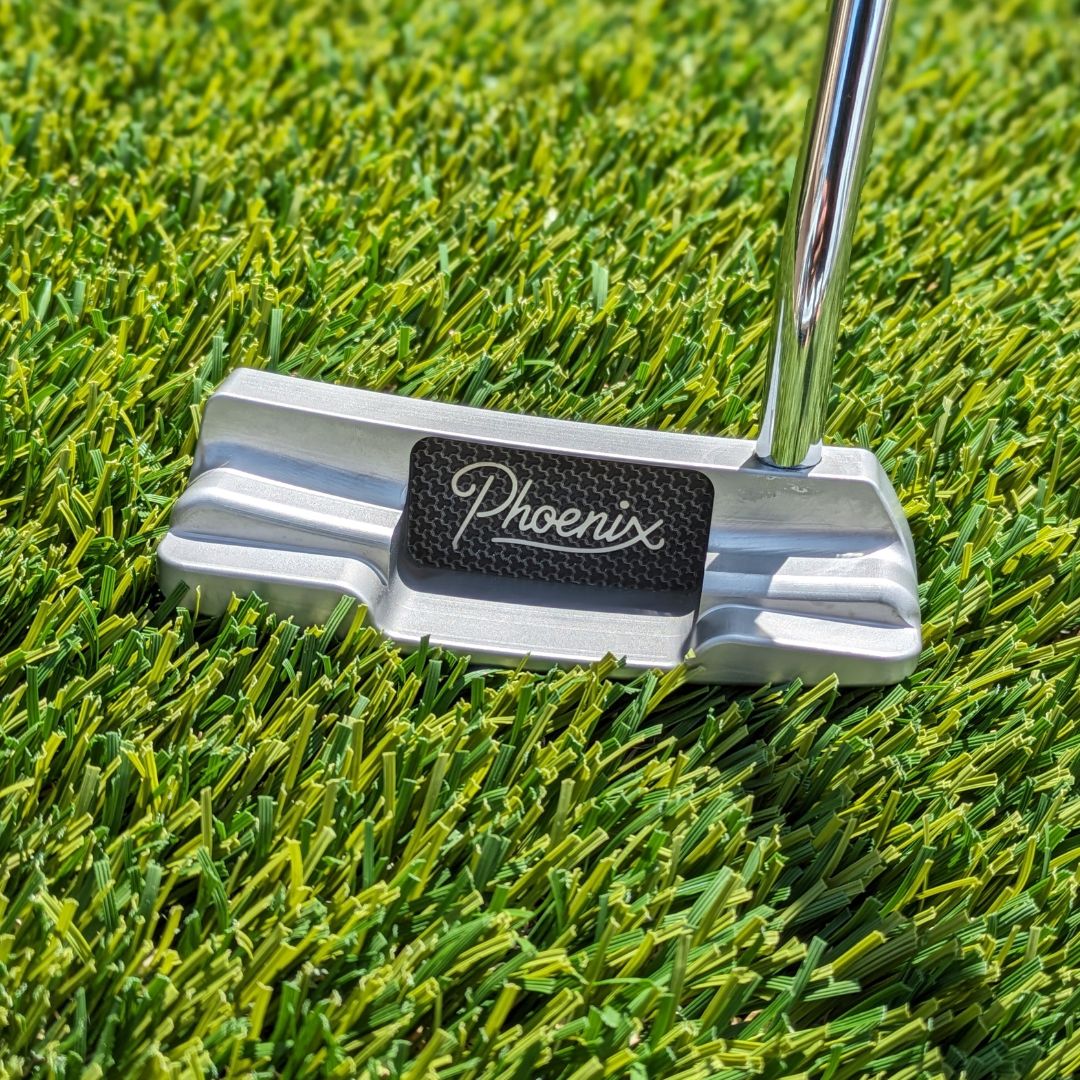

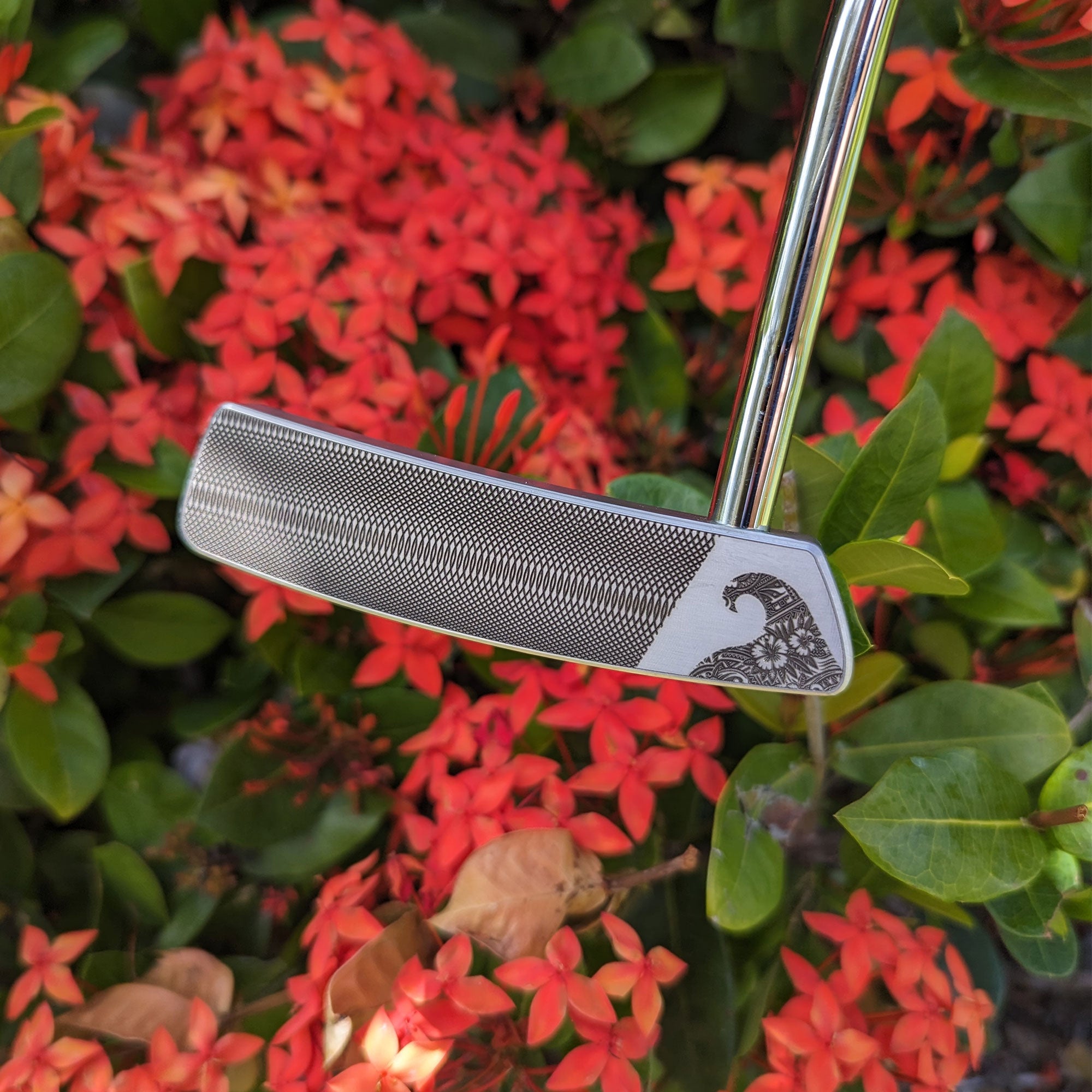
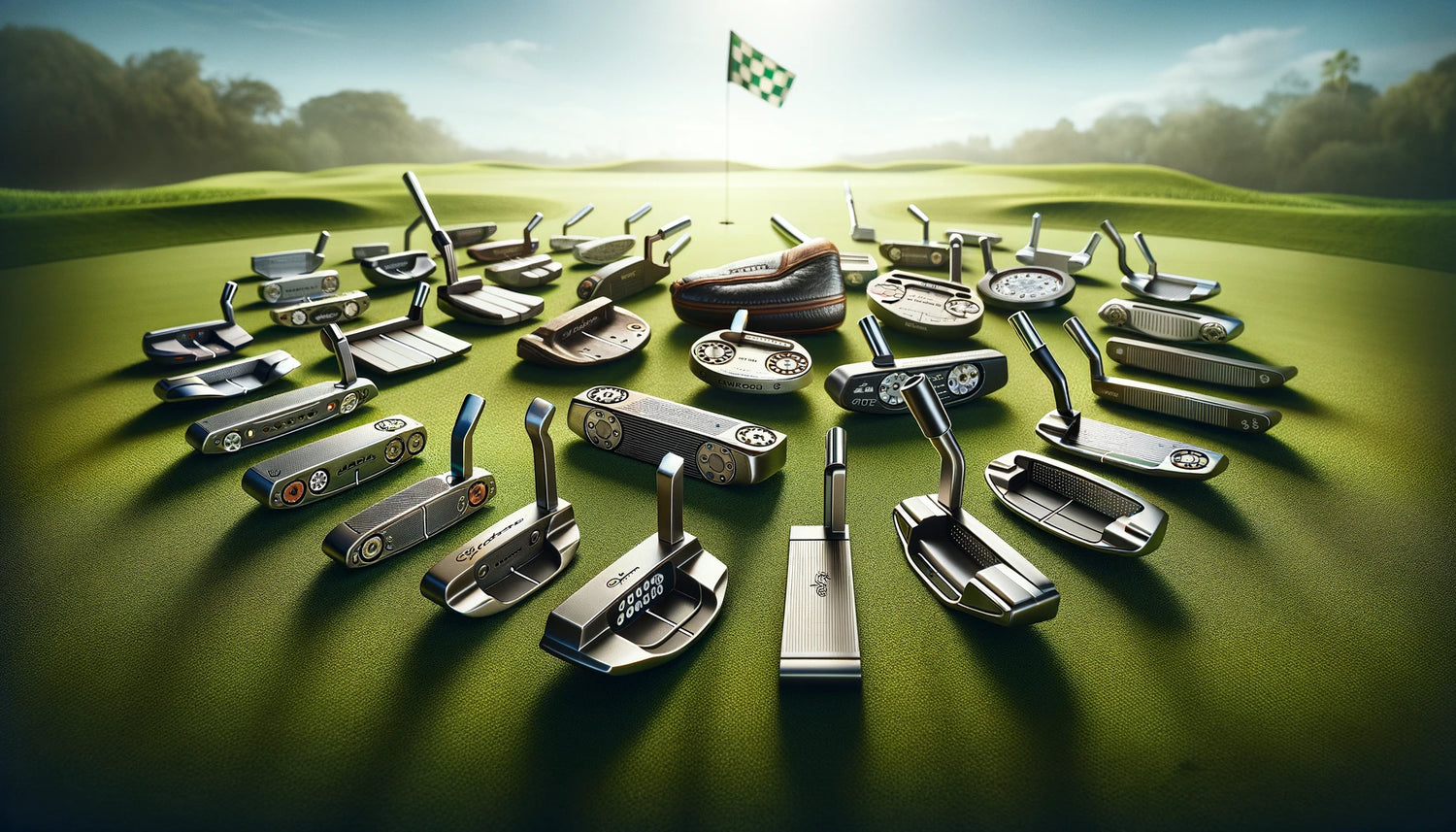
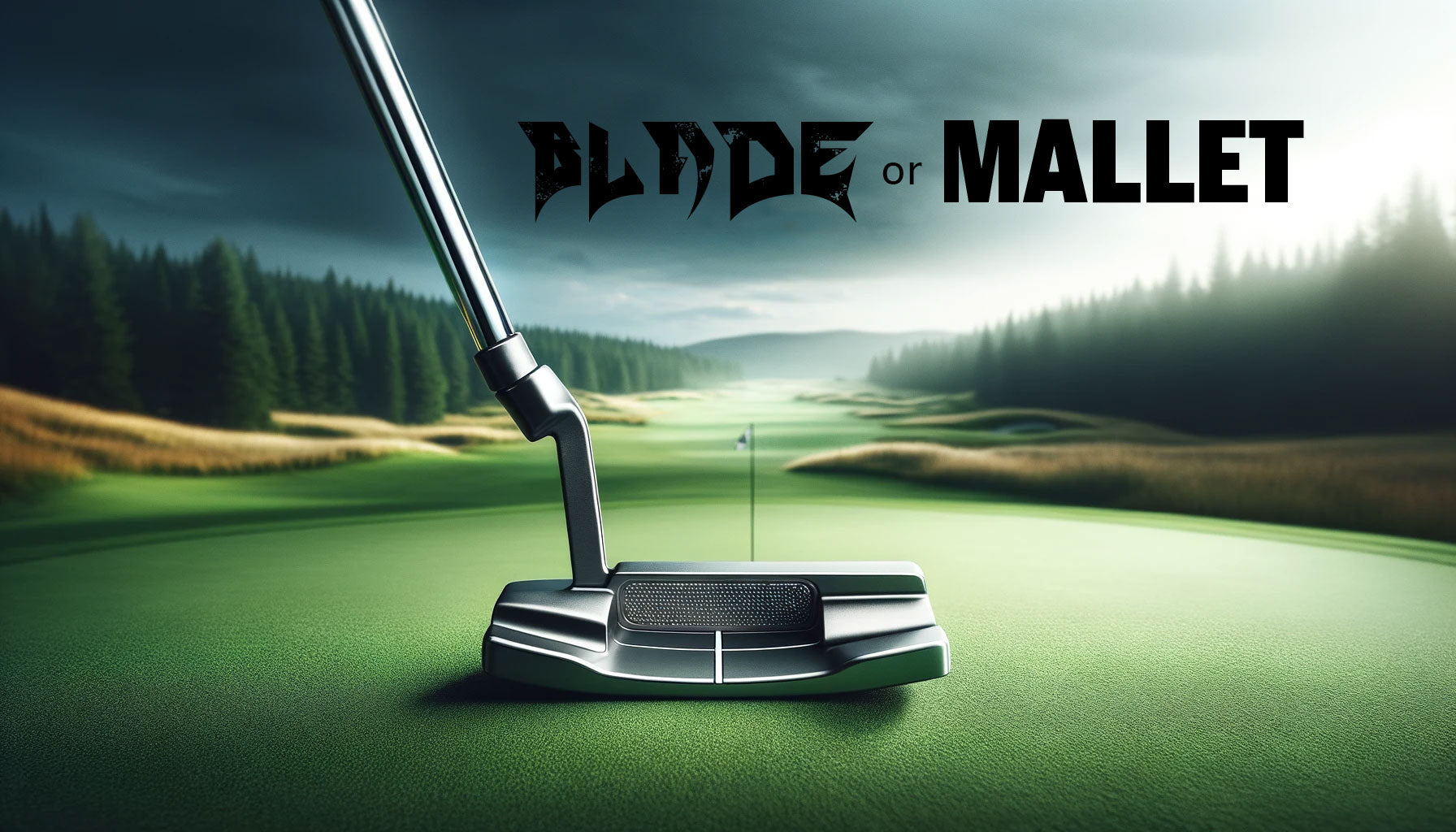
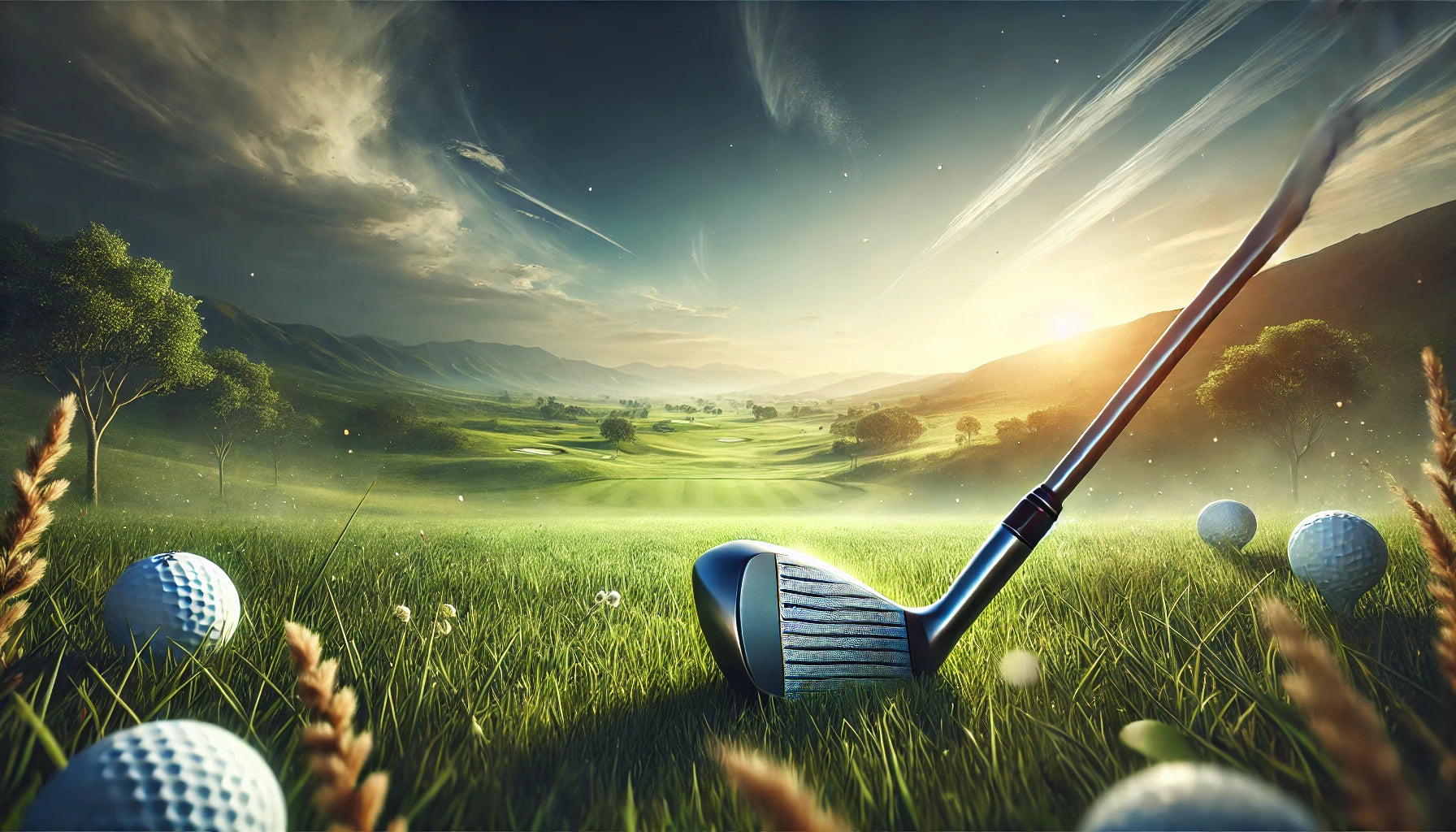
Leave a comment
This site is protected by hCaptcha and the hCaptcha Privacy Policy and Terms of Service apply.